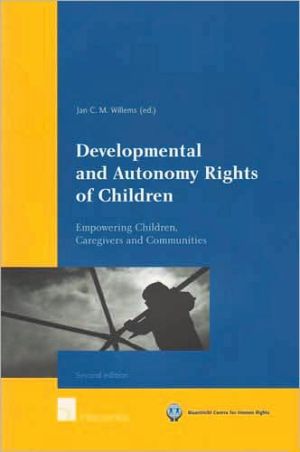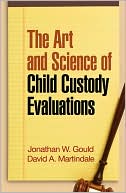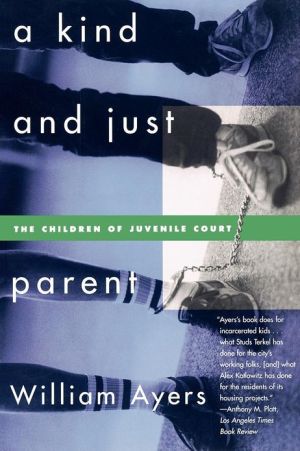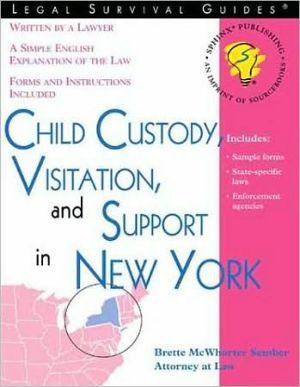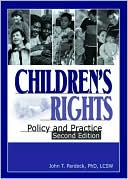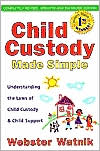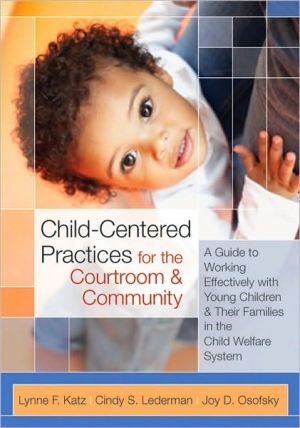Developmental and Autonomy Rights of Children: Empowering Children, Caregivers and Communities
On November 20, 1989, the United Nations unanimously adopted the Convention on the Rights of the Child. November 20 has become a date which signals the recognition by the international community that children have developmental and autonomy rights as essential benchmarks for children themselves and for those responsible for their wellbeing and their healthy physical, emotional, social, moral and intellectual development.
Search in google:
On November 20, 1989, the United Nations unanimously adopted the Convention on the Rights of the Child. November 20 has become a date which signals the recognition by the international community that children have developmental and autonomy rights as essential benchmarks for children themselves and for those responsible for their wellbeing and their healthy physical, emotional, social, moral and intellectual development.
Foreword vNotes on Contributors viiList of Abbreviations xiiiPreface xvAbstracts of Chapters xxiChapter 1 Children's Rights Are Human Rights; Current Issues and Developments Theo van Boven 11 Introduction 12 From Dependence to Emancipation 23 Identity, Nationality, Name and Family Relations 44 Children Living in Particularly Difficult Conditions 55 An International Right of Petition for Children? 7Chapter 2 Children's Rights and Universality Eva Brems 111 Inclusive Universality 111.1 From a Descriptive to a Normative Concept of Universality 121.2 Correcting Distortions 121.3 Flexibility and Transformation 132 International Children's Rights: Accommodating Children's Particularities to Promote the Universality of Human Rights 142.1 Changing the Image of Children 152.2 Four Types of Interests 152.3 The United Nations Convention on the Rights of the Child 162.3.1 Protectionism Prevails 172.3.2 Development rights 182.3.3 Autonomy rights 182.3.4 Trias Pedagogica 202.4 From Flexibility to Transformation? 213 The Universal Child? Accommodating Diversity Within International Children's Rights 233.1 Cultural Diversity 243.1.1 Expressions of cultural pluralism in the text of the CRC 263.1.2 Elastic language: the best interests of the child 293.2 Other Types of Diversity 323.2.1 Economic circumstances 323.2.2 Gender 354 Conclusion 37Chapter 3 The Developmental Damage to Children as a Result of the Violation of their Rights Martine F. Delfos 391 Introduction 392 Pervasive Traumatic Experiences 403 Developmental Damage Caused by Sexual Abuse 434 A Case of Systematic and AccumulativeViolation of Rights 465 Mental Sexual Abuse in the Classroom: Sexual Brainwashing 496 The Anxiety Model: Externalising and Internalising Behavioural Problems 527 Trauma and Guilt 558 The Perspective of the Victim 569 The Voice of the Child in the System of Care 5810 Conclusion 60References 61Chapter 4 The Children's Law of Nations: The International Rights of the Child in the Trias Pedagogica Jan C. M. Willems 651 Introduction 652 The Children's Law of Nations: A Child-Caregiver-Community Approach to Children's Rights 672.1 Concepts and Terms 672.2 The Children's Law of Nations Binds All States, Both Rich and Poor 682.3 Object and Purpose of the Children's Law of Nations 692.4 The Emancipation of the (Young) Child: Empowering Caregivers and Building Communities 722.5 State Obligations: A Universal Constitutional Perspective 753 The International Rights of the Child in the Trias Pedagogica: An Interpretative Framework 763.1 The Convention on the Rights of the Child as Temple of the Trias Pedagogica: its Foundation, Pillars and Roof 783.1.1 Foundation 793.1.2 Pillars: the three P's 793.1.3 Roof: the fundamental principle of 'the right of the child to become an optimal person' 823.1.4 Firm ground 843.2 Trias Versus Transism 843.2.1 Trias pedagogica 843.2.2 Transism 853.3 The Constitutionalisation of the Trias Pedagogica: A Proposed Provision 873.4 Plea for Provision (Provision-Prevention) and Participation as a New Legal Paradigm 883.4.1 Informing the public, informing parents, informing the child 883.4.2 What should we do? 893.4.3 From passing on trauma to passing on knowledge 904 Ten Programmatic Rights 935 Conclusion 95References 98Chapter 5 Children's Rights and the Prevention of Child Abuse and Neglect: The Quest for a Trias Pedagogica of Children, Parents and Society Jan C. M. Willems 1071 Introduction 1082 International Law and the Emancipation of the Child 1123 Human Dignity: Respect and Self-Respect 1144 Multiculturalism or Social Exclusion? 1175 Parental Autonomy or Transism? 1196 Women's Rights in the Best Interests of the Child 1217 Developmental Damage: One out of Three Children 1238 Preparation for Parenthood as a Human Right 1269 Trias Pedagogica: Constitutionalization and Operationalization 12910 The CRC: Building Blocks for a Constitutional Trias Pedagogica 13211 Continuum of Care: Combined Universal, Selective and Indicated Prevention 13612 Conclusion 138Chapter 6 The Convention on the Rights of the Child: Orientation and Conceptualization of Children's Rights Jan C. M. Willems 1431 Introduction 1432 Orientation 1483 Conceptualization 1614 Conclusion 169References 171Appendices 173Chapter 7 Children's Rights at a Dignitarian Horizon of Responsible Parenthood Jan C. M. Willems 1871 Introduction 187Part 1 A Helicopter View 1882 Dignitarian Versus Libertarian Attitudes and Views 192Part 2 Responsible Parenthood 1973 The Best Interests of the Child 1994 Parental Responsibilities and State Obligations 2045 Conclusion 209
